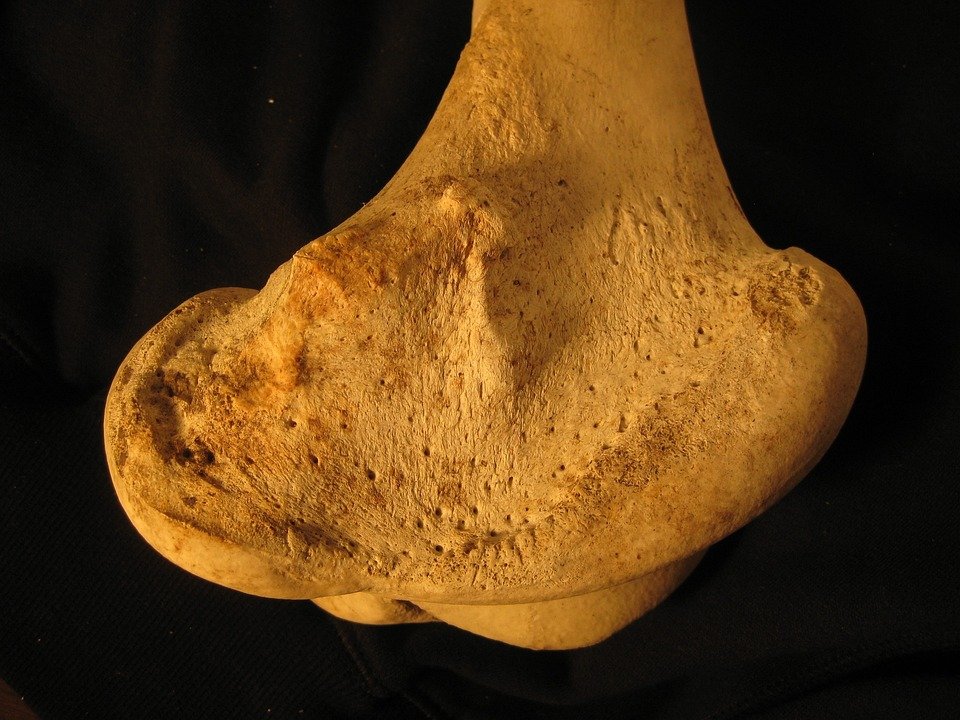
Gout is a form of arthritis that occurs when uric acid crystals accumulate in the joints, causing inflammation and severe pain. It most commonly affects the big toe, but can also occur in other joints such as the ankles, knees, elbows, wrists, and fingers. Understanding the causes, symptoms, and treatments of gout is important for managing the condition and preventing future flare-ups.
Causes of Gout:

Gout is caused by an excess of uric acid in the blood, a condition known as hyperuricemia. Uric acid is a waste product that is normally excreted by the kidneys. However, when the body produces too much uric acid or the kidneys are unable to eliminate it efficiently, uric acid levels in the blood can become elevated.
Certain factors can increase the risk of developing gout, including:

– Genetics: Gout tends to run in families, suggesting a genetic predisposition to the condition.
– Diet: Foods high in purines, such as red meat, organ meats, shellfish, and alcohol, can increase uric acid levels in the blood.

– Obesity: Excess body weight can lead to higher levels of uric acid in the blood.
– Medical conditions: Conditions such as high blood pressure, diabetes, and kidney disease can increase the risk of developing gout.
Symptoms of Gout:
The most common symptom of gout is sudden and intense pain in the affected joint, often described as a burning sensation. Other symptoms may include:
– Swelling and redness in the joint
– Tenderness to touch
– Limited range of motion
– Warmth in the joint
– Fever
Gout attacks typically occur at night and can last for a few days to a few weeks. Without treatment, gout attacks may become more frequent and severe over time, leading to joint damage and deformity.
Treatments for Gout:
The goal of treatment for gout is to relieve pain, reduce inflammation, and lower uric acid levels in the blood to prevent future flare-ups. Treatment options may include:
– Nonsteroidal anti-inflammatory drugs (NSAIDs) such as ibuprofen or naproxen to relieve pain and inflammation.
– Colchicine, a medication that can help reduce inflammation and pain during gout attacks.
– Corticosteroids, such as prednisone, may be prescribed for severe gout attacks.
– Medications that lower uric acid levels, such as allopurinol or febuxostat, to prevent future flare-ups.
– Lifestyle changes, such as maintaining a healthy weight, limiting alcohol consumption, and avoiding foods high in purines.
In addition to medical treatment, lifestyle changes can also help manage gout and reduce the risk of future flare-ups. This may include:
– Maintaining a healthy diet low in purines and high in fruits, vegetables, and whole grains.
– Drinking plenty of water to help flush out uric acid from the body.
– Limiting alcohol consumption, especially beer and spirits high in purines.
– Exercising regularly to maintain a healthy weight and improve joint function.
In conclusion, understanding the causes, symptoms, and treatments of gout is essential for managing the condition and preventing future flare-ups. By making lifestyle changes, following a treatment plan prescribed by a healthcare provider, and taking medications as directed, individuals with gout can reduce pain and inflammation, improve joint function, and enjoy a better quality of life. If you suspect you may have gout, it is important to seek medical attention for an accurate diagnosis and appropriate treatment.

Discover more from Bibliobazar Digi Books
Subscribe to get the latest posts sent to your email.


